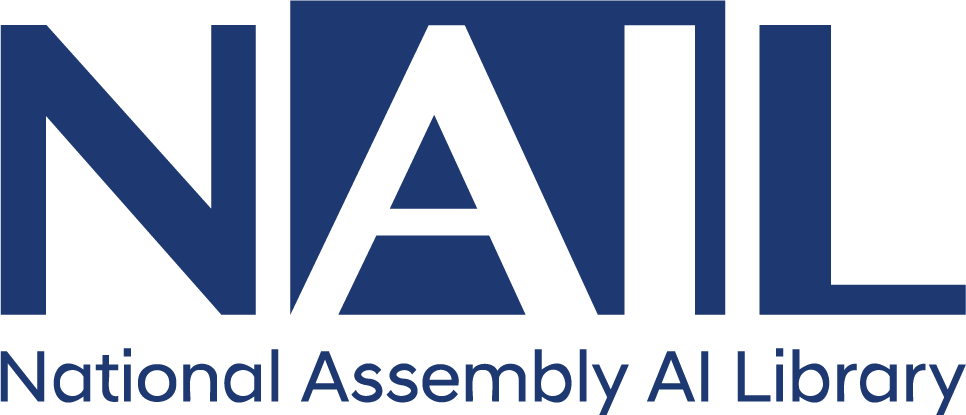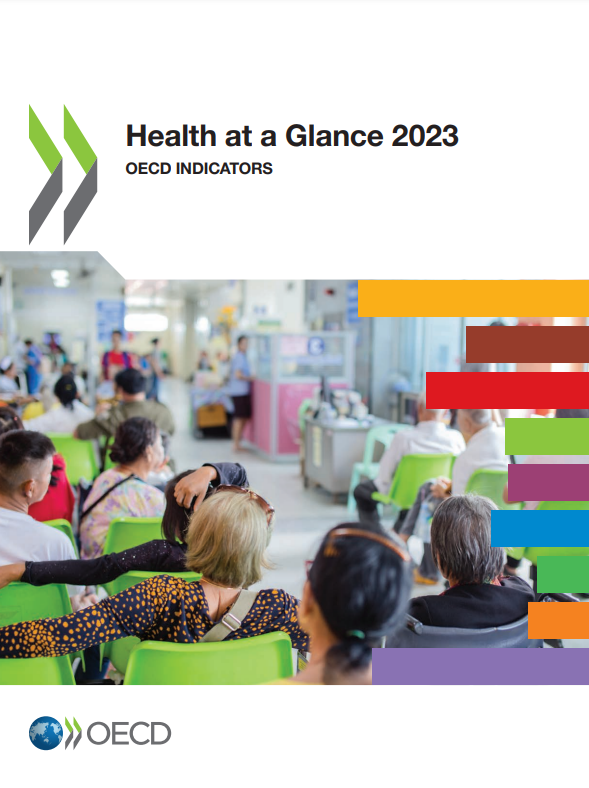□ 보고서에 따르면 2021년 한국의 의사 1인당 진료건수는 6천113명으로 관련 통계가 있는 OECD 32개국 가운데 가장 많았음. OECD 평균인 1천788명의 3.4배에 달했으며 2번째로 많은 일본(4천288명)보다도 1천800여명이나 많았음. 한국의 의사는 1인당 진료 건수가 가장 적은 그리스(428명)의 의사보다 14.3배나 많은 환자를 진료함. 의사당 진료 건수가 많은 것은 의사수 부족이라는 근본적인 문제에 여러 의료기관을 번갈아 이용하는 환자들의 '의료쇼핑' 관행이 더해졌기 때문으로 추정됨
□ 환자 1명이 연간 대면진료를 받는 의사의 수는 15.7명으로 OECD 회원국 중 가장 많았음. 관련 자료가 있는 32개국 평균인 6.0명의 2.6배에 달함. 한국의 인구 1천명당 의사수는 2.6명으로 OECD 평균인 3.7명에 한참 못미침. 의사가 진료를 본 환자수가 많으니 진료 시간은 짧을 수밖에 없었음. 이번 OECD 자료에 관련 통계는 없지만, 여나금 한국보건사회연구원 부연구위원의 최근 발표에 따르면 2019년을 기준으로 한국의 1차 의료 진료시간은 평균 4.3분으로 OECD 평균(16.4분)의 4분의 1 수준으로 짧았음. 의사와 진료 중 충분한 시간을 보냈는지에 대한 지표(2020년 기준)에서 한국은 OECD 19개 회원국 중 끝에서 5번째(15위)임. 한국 환자들은 이 지표에 대해 75.0%가 긍정해 OECD 평균(81.7%)보다 낮았음
□ 한편 건강보험과 의료급여의 보장성에서 한국은 OECD 회원국 중 최하위 수준으로 나타남. 정부(의료급여)와 의무보험(건강보험)의 지출이 전체 의료 지출에서 차지하는 비중(보장성)은 62%로, 관련 자료가 있는 OECD 32개 회원국 중 브라질(41%)을 제외하고 가장 낮음. OECD 평균(76%)보다 14%포인트나 낮았고, 가장 높은 룩셈부르크, 스웨덴, 노르웨이 등의 86%와 비교하면 24%포인트나 떨어짐
□ 한국은 가구 소비 중 의료비 지출이 차지하는 비중이 6.1%로, 관련 자료가 있는 38개 회원국중 가장 높았음. 회원국 평균인 3.3%의 2배에 가까운 수준으로, 가장 낮은 크로아티아나 튀르키예(이상 1.4%)의 4.4배나 됨. 재난적 의료비는 가구의 지불능력 대비 의료비 지출이 40% 이상인 경우을 말하는데, 보장성이 낮고 의료비 지출 비중이 크면서 재난적 의료비를 지출하는 가구의 비율 역시 높은 편임. 한국은 재난적 의료비 지출 가구의 비중이 7.5%(2016년 기준)로 관련 자료가 있는 28개국 평균(5.4%)보다 2.1%포인트나 높았음
(출처: 한국 의사, 연간 6천113명 환자 진료…OECD 회원국중 단연 최다 (2023.11.16.) / 연합뉴스)
목차
Foreword 3
Reader’s guide 9
Executive summary 13
1 Indicator overview: Country dashboards and major trends 17
Introduction 18
Health status 20
Risk factors for health 22
Access to care 24
Quality of care 26
Health system capacity and resources 28
To what extent does health spending translate into better health outcomes, access and quality of care? 30
2 Digital health at a glance 33
Introduction 34
Framework for digital health readiness assessment 36
Indicators of digital health readiness 40
Assessing digital health as a determinant of health 54
Concluding thoughts 56
References 56
Notes 58
3 Health status 61
Life expectancy at birth 62
Trends in all-cause mortality 64
Main causes of mortality 66
Avoidable mortality (preventable and treatable) 68
Major public health threats 70
Mortality from circulatory diseases 72
Cancer mortality 74
Chronic conditions 76
Maternal and infant mortality 78
Mental health 80
Self-rated health 82
4 Risk factors for health 85
Smoking 86
Alcohol consumption 88
Illicit drug use 90
Diet and physical activity 92
Overweight and obesity 94
Environment and health 96
5 Access: Affordability, availability and use of services 99
Population coverage for healthcare 100
Unmet needs for healthcare 102
Extent of healthcare coverage 104
Financial hardship and out-of-pocket expenditure 106
Consultations with doctors 108
Digital health 110
Hospital beds and occupancy 112
Hospital activity 114
Diagnostic technologies 116
Hip and knee replacement 118
Ambulatory surgery 120
Waiting times for elective surgery 122
6 Quality and outcomes of care 125
Routine vaccinations 126
Cancer screening 128
Safe prescribing in primary care 130
Avoidable hospital admissions 132
Diabetes care 134
People-centredness of ambulatory care 136
Safe acute care – workplace culture and patient experiences 138
Safe acute care – surgical complications and obstetric trauma 140
Mortality following acute myocardial infarction (AMI) 142
Mortality following ischaemic stroke 144
Patient-reported outcomes in acute care 146
Care for people with mental health disorders 148
Integrated care 150
7 Health expenditure 153
Health expenditure in relation to GDP 154
Health expenditure per capita 156
Prices in the health sector 158
Health expenditure by financing scheme 160
Public funding of health spending 162
Health expenditure by type of service 164
Health expenditure on primary healthcare 166
Health expenditure by provider 168
Capital expenditure in the health sector 170
8 Health workforce 173
Health and social care workforce 174
Doctors (overall number) 176
Doctors (by age, sex and category) 178
Geographic distribution of doctors 180
Remuneration of doctors 182
Nurses 184
Remuneration of nurses 186
Hospital workers 188
Medical graduates 190
Nursing graduates 192
International migration of doctors and nurses 194
9 Pharmaceutical sector 197
Pharmaceutical expenditure 198
Pharmacists and pharmacies 200
Pharmaceutical consumption 202
Generics and biosimilars 204
Pharmaceutical research and development 206
10 Ageing and long-term care 209
Demographic trends 210
Life expectancy and healthy life expectancy at age 65 212
Self-rated health and disability at age 65 and over 214
Dementia 216
Safe long-term care 218
Access to long-term care 220
Informal carers 222
Long-term care workers 224
Long-term care settings 226
Long-term care spending and unit costs 228
End-of-life care 230
해시태그
관련자료
AI 100자 요약·번역서비스
인공지능이 자동으로 요약·번역한 내용입니다.




